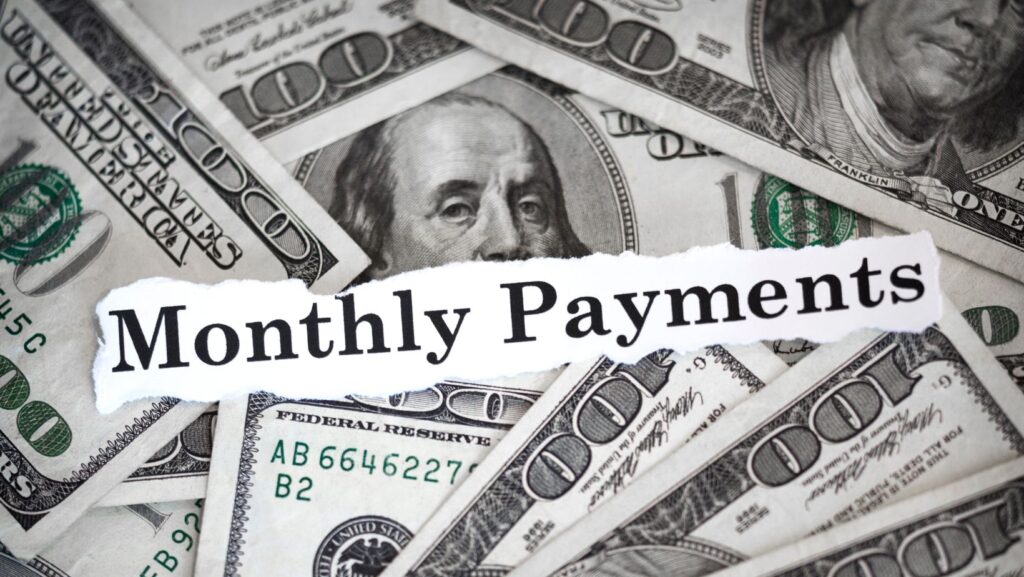
How to Reduce Payment Processing Fees for Your Business
Payment processing fees surely gobble up the profits of an enterprise. For small and medium enterprises, it can be quite a big deal. With most people turning to e-commerce and digital ways these days, it becomes important for business owners to know how they can save on these kinds of fees to maximize their earnings. Whether it is an e-commerce company or processing credit cards in person, taking a few proactive steps to reduce the cost of payment processing can save your business a pretty penny in the long run. Here is how you can actually bring down the payment processing fees without compromising on the quality of the service.
Understanding Payment Processing Fees
The payment processing fees will generally combine a few different charges. These range from interchange fees dictated by credit card networks, card brand assessment fees, and markup fees charged by payment processors. Interchange fees, which are non-negotiable, are set based on card type and transaction type. Assessment fees are also left to the discretion of card networks. However, the markups that come from payment processors do leave room for negotiation on the business end. These are the kinds of fees where the actual cost will vary greatly from one provider to another, and it is thus crucial to understand the breakdown of such fees where overall costs are to be minimized.
Choosing the Right Payment Processor
One of the best ways through which payment processing fees can be reduced is by correctly choosing the right payment processor. Not all of these processors necessarily charge the same rate, and some offer better deals than others for certain types of businesses or volumes of transactions. Shopping around and comparing a variety of payment processor companies will certainly pay off when seeking the best deal for your business. Look for those that offer open, simple pricing models with low markups and who will let you tailor-make your plan to your needs. Flat-rate pricing is excellent to simplify your costs, especially if the volume of your transactions is stable. But for high-volume businesses, interchange-plus pricing leads to more significant savings over time.
Negotiating With Your Payment Processor
Do not be afraid to negotiate your fees with your processor. Most will negotiate with you, especially in high-volume transactions. Make your case, whether it’s to show them your monthly transaction volume or to tell them you’re planning on switching to a competitor in hopes of getting a better rate.

Most processors offer discounts for businesses that use certain types of fraud prevention measures since these lower the possibility of chargebacks and disputes. One way you can drive down your cost is through price negotiation, building a relationship with your processor, and using your leverage as a long-time customer.
Onboard Customers to Low-Cost Payment Methods
Onboarding customers to the use of low-cost payment methods is another way of shaving off the processing fees. To illustrate, the interchange fees for debit card transactions are usually much less when compared to credit card transactions. Adding to this, ACH Transfers and e-wallets are usually even cheaper. While you can’t exactly force customers to pay one way or another, you can put in place certain incentives that will drive some types of payments, such as offering a small discount for the use of a debit card. You can also just remind them at checkout of other options available to them that cost less for you to process.
Avoiding Needless Fees and Penalties
Most payment processors charge extra for just about anything, from chargebacks and foreign transactions to batch processing. Knowing where your processor is nickel and diming will save you from unnecessary extra charges in many places. For example, you may avoid the fees for chargeback if you implement very strict fraud prevention measures into your system; these can include secure payment gateways or verification of the identity of the customer. Secondly, keeping an eye on your monthly limit of transactions or just timely batch settlement would keep you away from such fines. Being proactive and keeping a tab on these little matters about your payment processing saves you from unexpected costs and hence smooths out your overall transaction fees.
Leverage Technology for Efficient Payment Processing
Technology can go a long way in reducing payment processing fees, mainly by reducing chargebacks, and making transactions effective by embedding fraud-detecting tools or other better checkout processes into the payment platform. Meanwhile, automation tools can equally help rid recurring billing, subscriptions, and customer data management of errors that may trigger disputes about payments later on. Advanced payment systems will allow your business to have an easy and secure customer experience, therefore simplifying some of the complications related to the fee payments and reducing fees. Most importantly, it keeps you abreast of the latest trends and technologies in payment processing that will help your business make cost-effective decisions.

Payment processing fees reduction can be realized by all businesses whether big or small. By understanding the fee structure to choose the correct payment processor, and from negotiation of rates to encouraging cost-effective means of payment methods, businesses can shave off a lot from the cost of a transaction. In addition, it will allow you to get through with facilitating your payments with low overall expenses by evading unnecessary penalties and facilitating technology. These steps would surely contribute to enhancing not only your profit margin but also smoothing your general operations, relating to thriving business in the competitive market.





